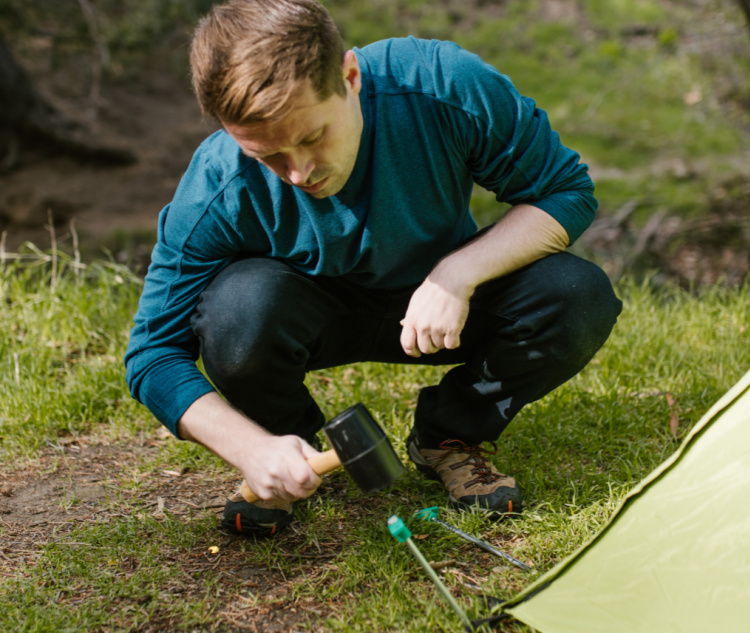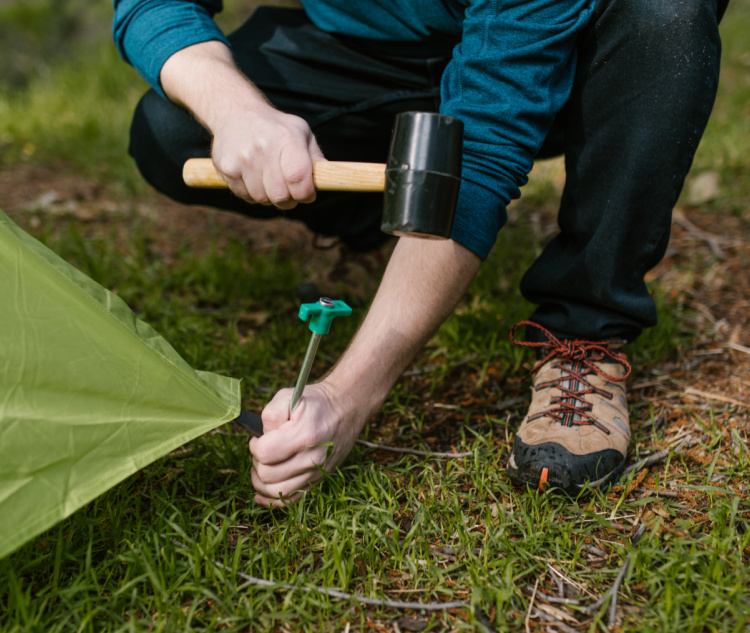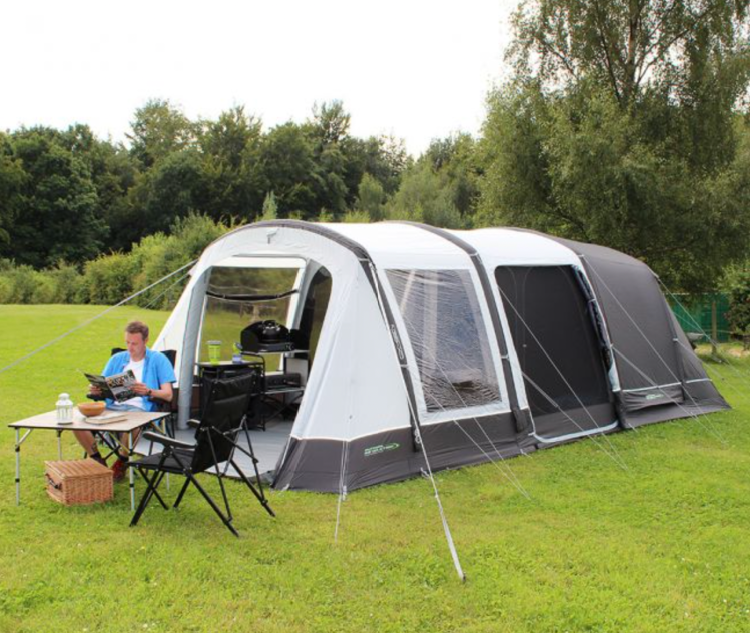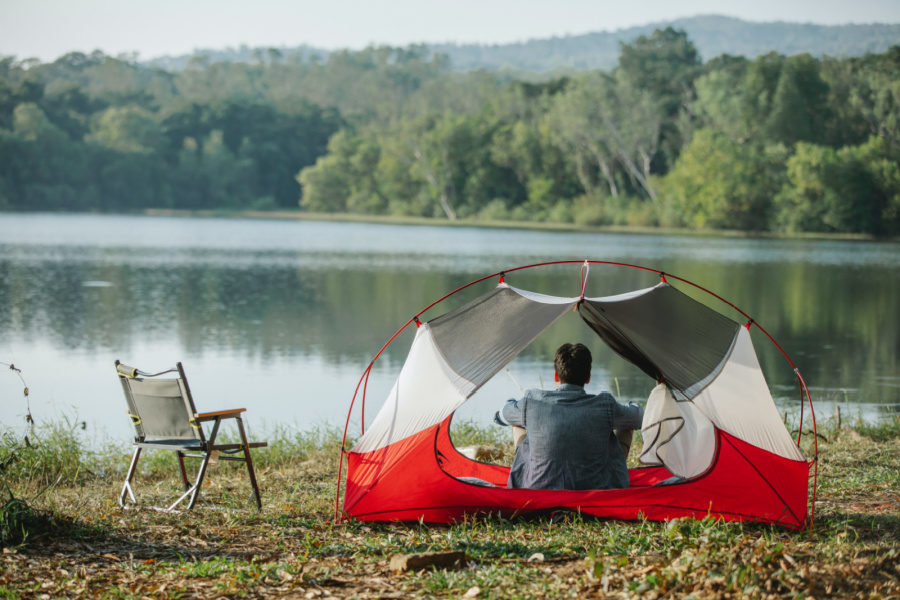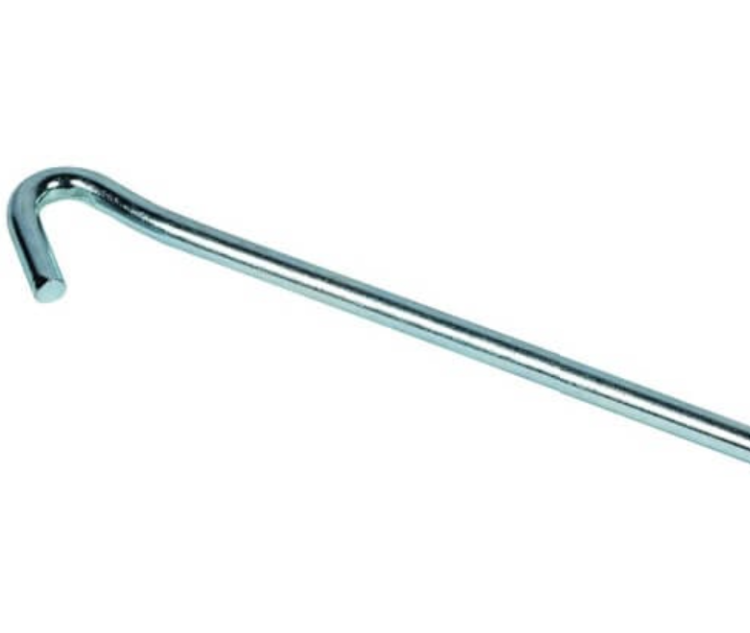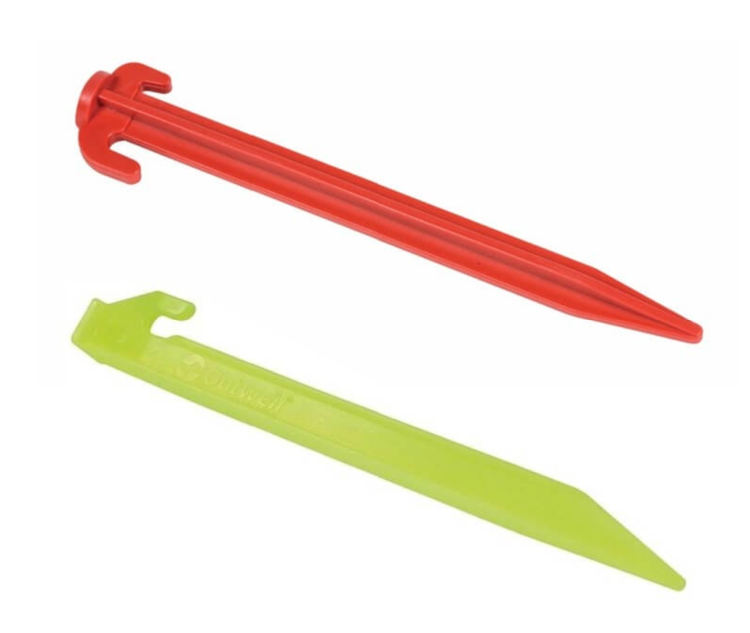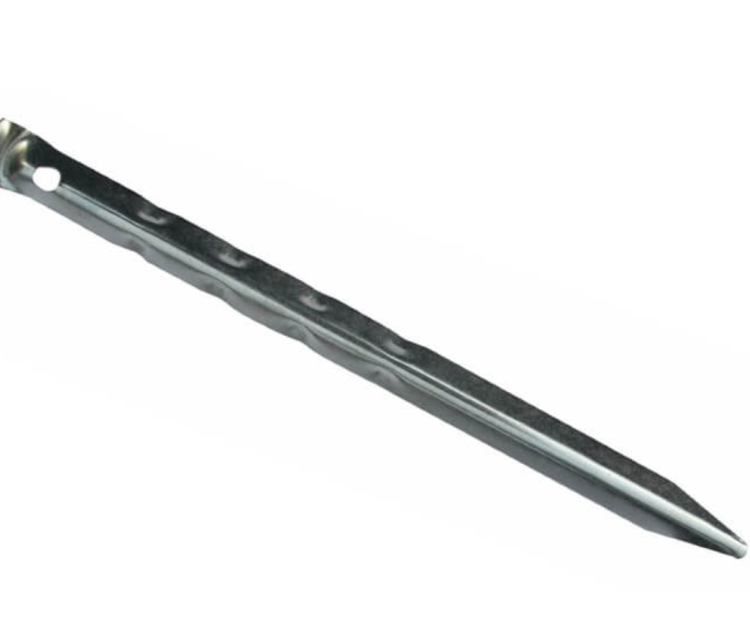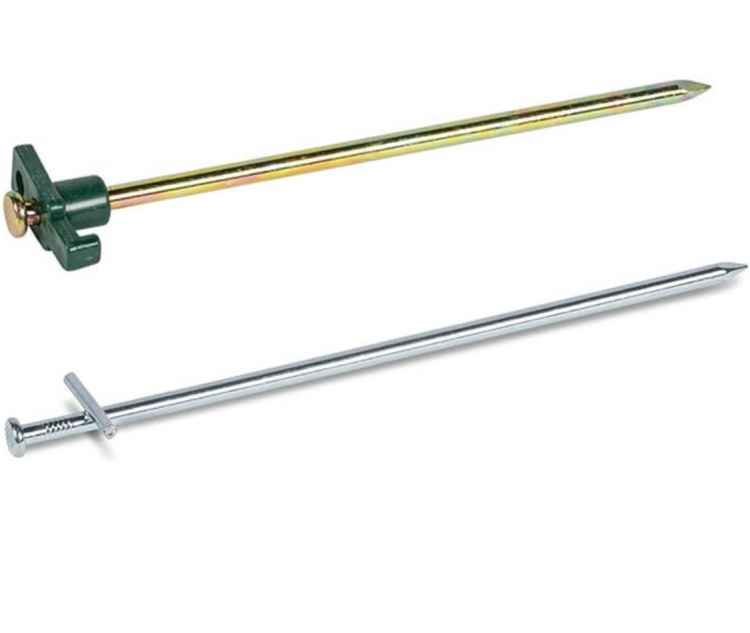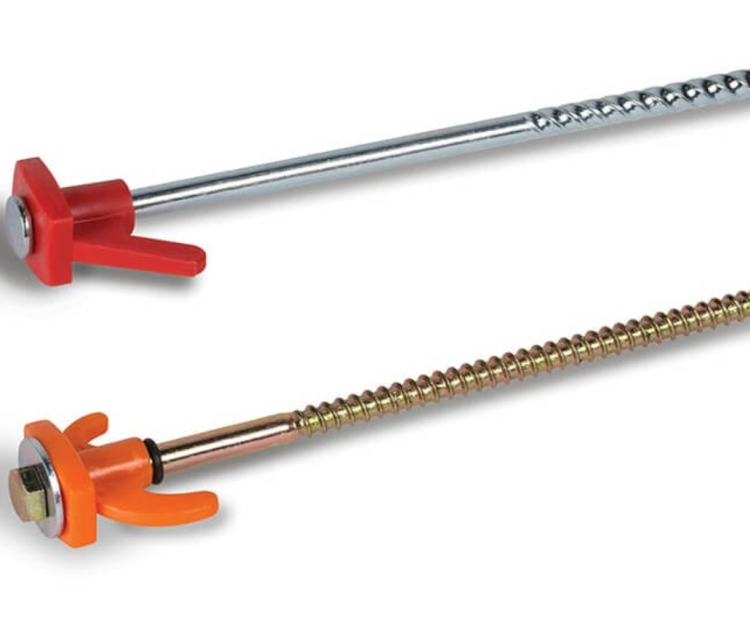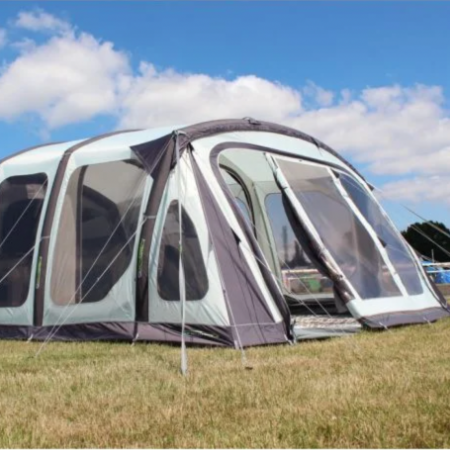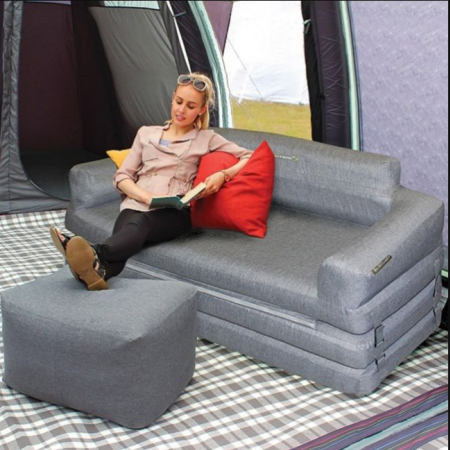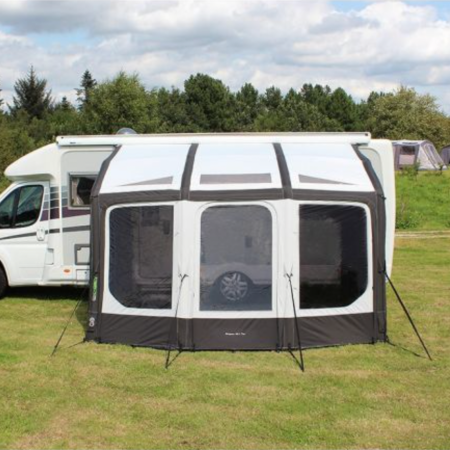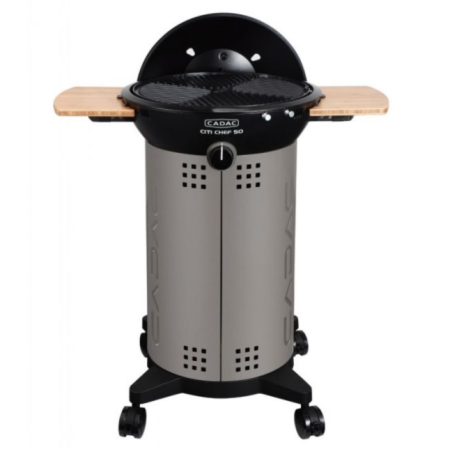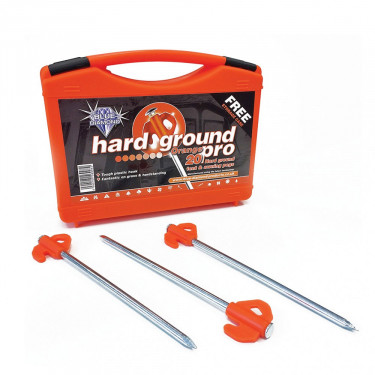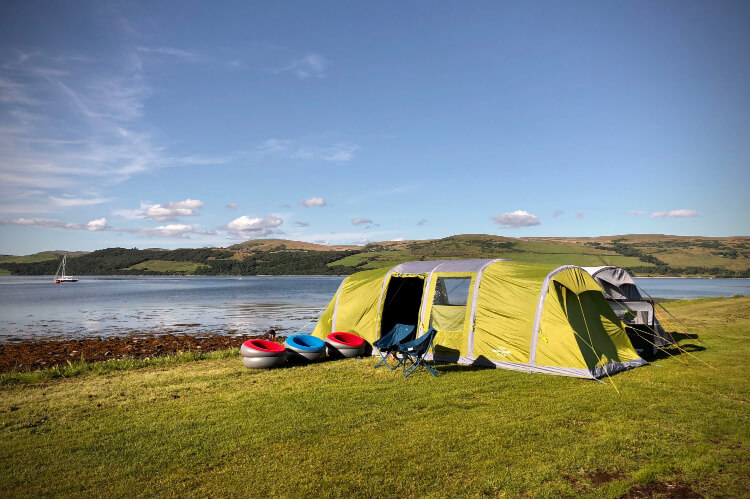Tent Peg Guide - Which Type Should You Use?
At Winfields Outdoors, we can’t express enough to customers how important having better quality or the correct peg for the correct ground is for your tent, shelter, or awning.
So which type should you use? We’ve put together a guide to help shed some light on tent pegs. Read on to find out the different tent pegs available on the market, along with what they are suitable for…
What are tent pegs used for?
Tent pegs are used to secure your tent into place, helping to create a stronger and more comfortable shelter. They’ll make sure that your tent isn’t as susceptible to bad weather conditions, providing you with much-needed protection against your tent becoming compromised from windy conditions.
Do tents come with pegs?
They can! In fact, quite a lot of them do. However, it’s always best to bring spares with you on a camping trip. This is because if your tent pegs were to break, you’d be in a tricky situation. For example, weak or faulty tent pegs can leave you with a wobbly tent, or even cause it to collapse entirely!
Not only that, but if your tent pegs aren’t quite up to the challenge, you may find yourself in a situation where your tent isn’t strong enough to withstand the elements, such as strong gusts of wind.
So, better safe than sorry! Even if your tent does come with pegs, take spares with you to avoid having to end your camping holiday early.
Where can I buy tent pegs?
You’ll be able to buy tent pegs here at Winfields Outdoors. We have a dedicated page that offers a variety of ultra-durable and worthwhile tent pegs, including full packs of all of the best tent peg types – and the mallets to go with them!
To browse our tent pegs and mallets range, click here.
What’s a mallet?
This is a tool used to hammer in tent pegs securely. You’ll see a selection of mallet options to choose from when you browse the page we mentioned above.
Do I need a mallet?
A mallet is usually needed if you’re planning to pitch a larger sized tent (e.g. a family tent) or setting up a home on particularly hard ground, as it can be near impossible to secure tent pegs in place in place by hand in these scenarios.
If you’re pitching a tent on softer ground or you’re only taking a smaller type of tent with you (e.g. a 2 man tent), a mallet isn’t usually necessary.
However, It’s worth mentioning that although not essential in some circumstances, mallets do make driving tent pegs into the ground easier than if you were to do it by hand! So, if you have the option to bring one with you, we would recommend it.
Tips for using tent pegs
- If you drive tent pegs into the ground at a 45-degree angle towards your tent, it’ll help to create more grip and overall strength.
- We said it earlier, however, it’s super important. Always carry spare tent pegs – because you never know!
- We recommend testing the ground you plan on pitching on. This will ensure that you aren’t pegging your tent on the ground that’s too soft or wet, turning it into an impossible and frustrating task.
- Lastly, always follow the seam of your tent when pegging guylines or ensuring pegging points are taught.
To see more information on the Outdoor Revolution Airedale 5.0s Air Tent, click here.
Wire Tent Peg
This is an all-rounder and will be suitable for most types of ground. Wire tent pegs sometimes come with the purchase of certain tents, however, there are certainly better pegs on the market that can enhance the structure of your tent and add better stability during strong winds.
If you do decide to upgrade your pegs, you can continue to use your wire tent pegs for less critical areas of your tent.
‘V’ Tent Peg
These are a great choice for use on all ground types, depending on the length of the peg. We would recommend that ‘V’ pegs should be used on the main pegging points i.e. four corners of your tent and main guyline/storm straps.
These tent pegs are easy to use, give incredible strength to your tent or awning, and are extremely durable.
Rock Tent Peg
As the name says, the rock peg is ideal for hard rocky ground due to the pointed tip which you can drive into the ground with your mallet. This type of peg is great for use all around your tent and can be used as part of a pegging system, along with plastic pegs (for your guylines) and ‘V’ pegs for main pegging points.



